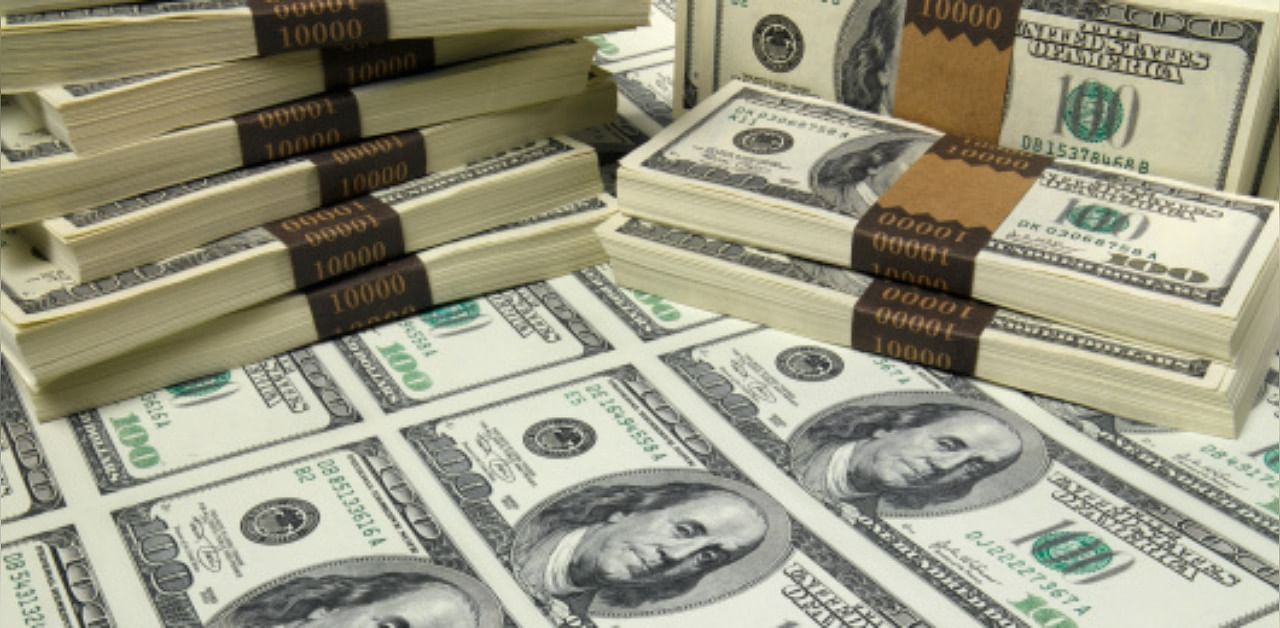
The dollar fell toward multi-year lows against most major currencies on Tuesday as investors stepped up bets the Federal Reserve's new policy framework meant US rates would stay lower than rates in other countries.
The Australian dollar held around a two-year high against the greenback after the Reserve Bank of Australia (RBA) kept policy unchanged and expanded its cheap funding for banks.
The yuan was another strong performer, brushing off concerns about diplomatic tension over Taiwan to surge to its strongest in more than a year against the greenback.
The US data calendar this week is full of important releases on manufacturing, durable goods, and employment, but positive results are unlikely to halt the dollar's decline due to strong expectations that rates will remain extremely low.
"The dollar is weak not only against G10 currencies but also against emerging market currencies," said Minori Uchida, head of global market research at MUFG Bank in Tokyo.
"This shows the dollar is in a downtrend that will last for some time. Low rates and an excess supply of dollars are driving this move."
Against the euro, the dollar fell to $1.1997 on Tuesday to reach its lowest since May 2018.
The British pound rose to $1.3413, the highest since December last year, after Japan's foreign minister said a broad agreement on a Japan-UK trade deal is close.
The dollar was quoted at 0.9006 Swiss francs, just a shade above the lowest in more than five years.
The greenback eased slightly to 105.75 yen.
The Fed's historic switch last week to focusing more on average inflation and higher employment means it has leeway to keep benchmark rates lower for longer, which has encouraged dollar bears to sell the currency.
A decline in long-term Treasury yields on Monday highlights the strong headwinds facing the dollar.
Data due later on Tuesday is expected to show that US manufacturing activity continued to expand in August, but this may not be enough to change the negative sentiment surrounding the dollar, analysts said.
Against a basket of six major currencies, the dollar index slid on Tuesday to a two-year low at 91.775.
The yen was in focus as investors place bets on who will become Japan's next prime minister.
The largest faction in the ruling Liberal Democratic Party has thrown its support behind Yoshihide Suga, who currently serves as chief cabinet secretary.
Suga is a close ally of Abe and is likely to continue many of Abe's policies if he becomes the new prime minister.
The Australian dollar rose to $0.7413, close to its highest since August 2018.
The RBA left its cash rate at a record low of 0.25% on Tuesday, but surprised by expanding a programme of cheap funding for banks and extending it out to the middle of 2021.
The New Zealand dollar held steady at $0.6767, near its strongest in two years.
The onshore yuan surged to 6.8181, the highest in more than a year.
The dollar also fell broadly against other emerging Asian currencies, further underlining the greenback's woes.
The yuan brushed aside increasing tension between the United States and China in the run up to this year's US presidential election in November.
The United States said on Monday it was establishing a new bilateral economic dialogue with Taiwan in a move that is sure to anger Beijing, because China claims Taiwan as its own territory.